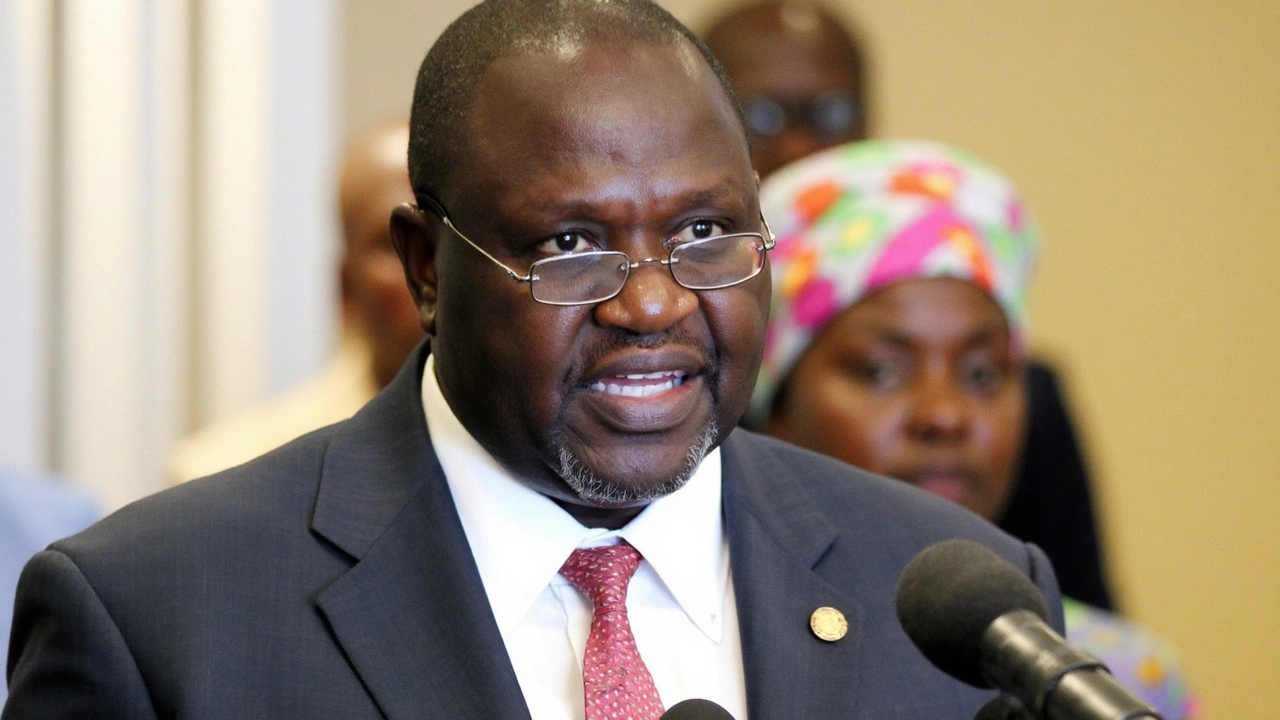2018 Peace Agreement – What You Need to Know
If you’ve heard about a "2018 peace agreement" and wonder why it still shows up in news feeds, you’re not alone. In simple terms, this was a deal signed in 2018 that aimed to stop fighting between rival groups in parts of Africa and set the stage for lasting stability.
The agreement wasn’t just a piece of paper; it laid out real steps: cease‑fire rules, how to share power, and plans for rebuilding schools and clinics. Leaders from both sides sat down, often with help from regional bodies like the African Union, to hash out who would do what and when.
What the 2018 Peace Agreement Covered
First up, the cease‑fire. Both parties agreed to stop shooting within a set timeframe, with monitors on the ground to verify compliance. Second, power sharing – the deal created a joint council where former opponents could voice concerns together instead of shouting from opposite sides of a battlefield.
Third, disarmament and reintegration. Fighters were offered training for civilian jobs, and weapons were collected under international supervision. Finally, development projects got funding: roads, water systems, and schools were slated for reconstruction to give communities something positive to look forward to.
How It Shaped Today’s Landscape
Fast‑forward to now, you’ll see fewer headlines about daily clashes in the regions covered by the 2018 pact. That’s a direct result of the cease‑fire staying mostly intact and local leaders taking ownership of the joint council.
Economic activity is picking up too. Small businesses are opening near rebuilt market squares, and farmers report better access to irrigation thanks to new water projects. Youth groups that once recruited for armed factions now run sports clubs – a clear sign that the reintegration part of the deal is working.
However, challenges remain. Some areas still struggle with leftover weapons, and political disagreements flare up during council meetings. The key takeaway is that peace isn’t a one‑time event; it’s an ongoing process that needs monitoring, community involvement, and fresh resources.
If you’re scrolling through this tag page looking for related stories, you’ll notice many of the recent posts talk about politics, sports, and culture across Africa. That mix reflects how the 2018 peace agreement has become part of everyday life – it’s not just a headline but a backdrop to everything else happening on the continent.
Bottom line: The 2018 peace agreement set up a framework that stopped immediate bloodshed, gave people hope for better services, and showed how dialogue can replace bullets. Keep an eye on future updates because every new development either builds on or challenges what was decided back in 2018.

